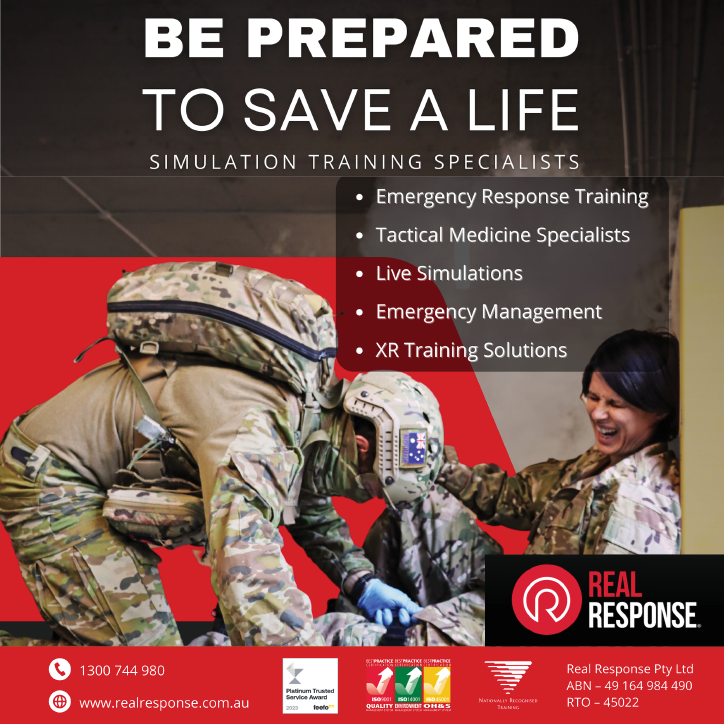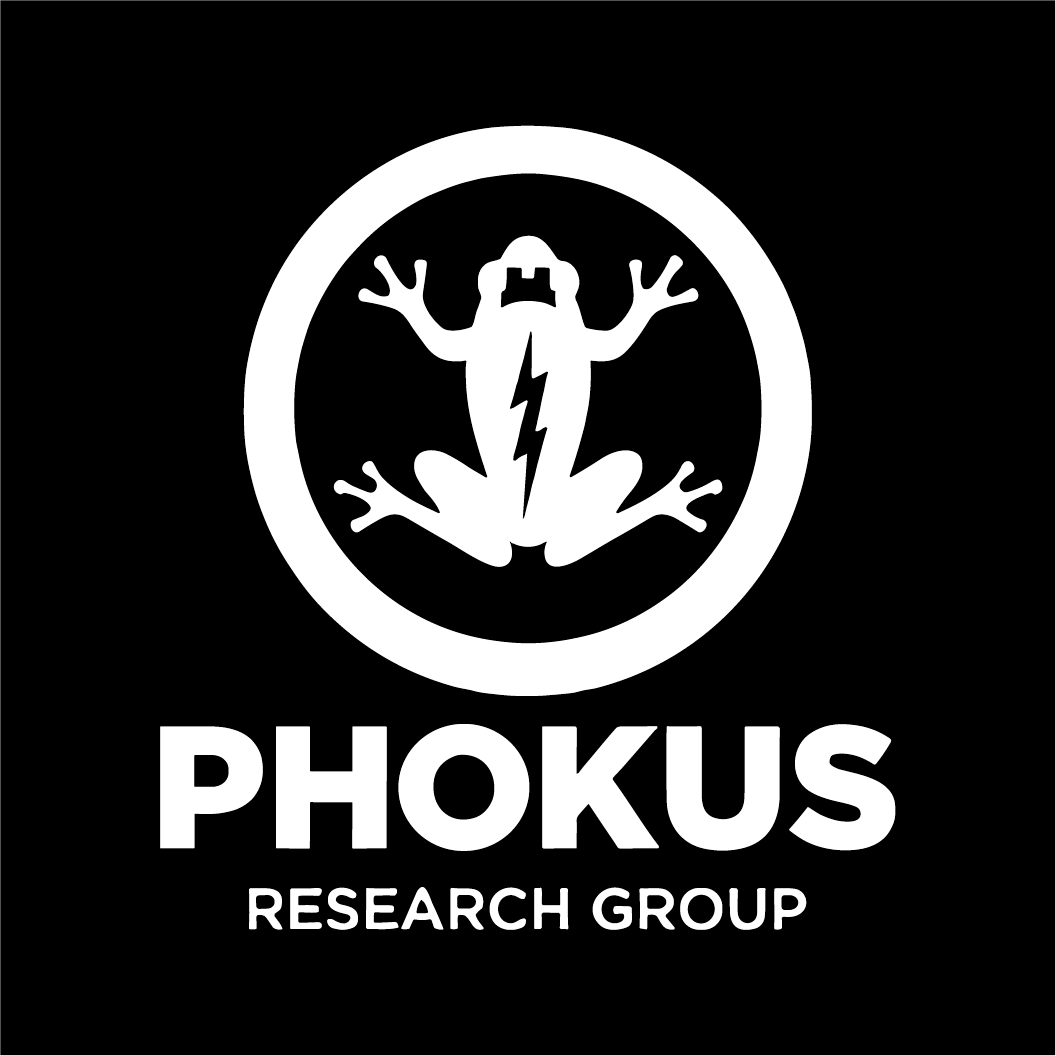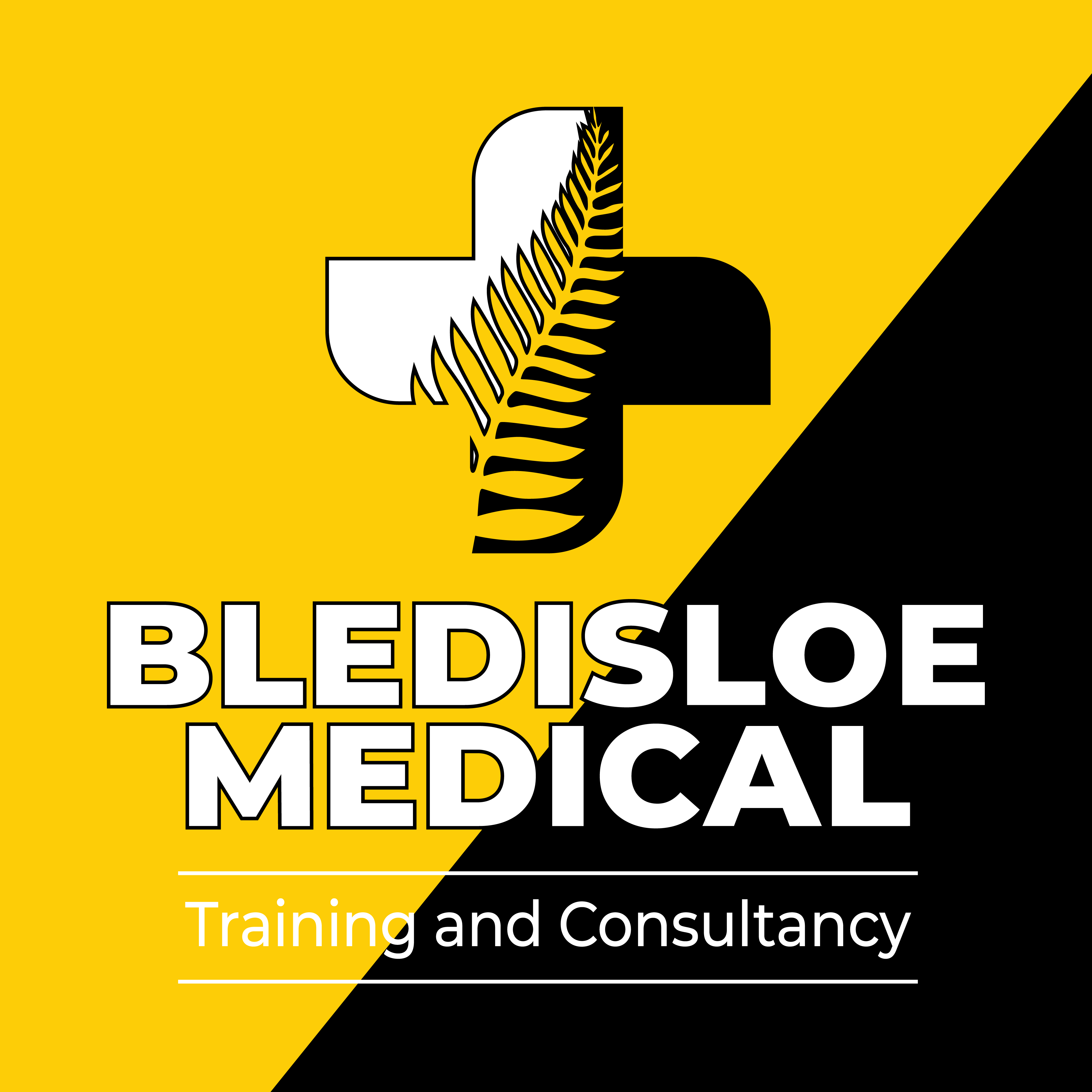Volume 5 Number 2
OODA-loop in high-stress healthcare environments: Observe, Orient, Decide, Act
Benjamin R Mackie
For referencing Mackie BR. OODA-loop in high-stress healthcare environments: Observe, Orient, Decide, Act. JHTAM 2023; 5(2):1-2.
DOI https://doi.org/10.33235/JHTAM.5.2.1-2
In 1976, the OODA loop was developed by military strategist and United States Air Force Colonel John Boyd1. Informed by comparative analysis of air combat successes or ‘dog fights’ during the Korean and Vietnam War, Boyd theorised that decision-making occurs in a recurring cycle of Observe, Orient, Decide, Act i.e., an OODA loop. An entity (whether an individual or an organisation) that can process this cycle quickly, observing and reacting to unfolding events more rapidly than an opponent, can thereby get inside the opponent’s decision cycle and gain the advantage.
The November 2023 issue of the Journal of High Threat & Austere Medicine (JHTAM) occurs only 2 months after the successful Australian Tactical Medical Conference (ATMC) in Brisbane, Australia (Figure 1). The Australian Tactical Medical Association (ATMA) Board’s focus to continually improve and provide the highest level of first aid and medical care in austere, dangerous, remote and dynamic environments mirrors the decision-making and learning approach to reduce uncertainty proposed by Boyd. For instance, the strategic partnership announced at ATMC23 between ATMA and the Special Operations Medical Association (SOMA) brings together the unique blend of pre-hospital, tactical, wilderness, austere, disaster and deployed medical knowledge that will speed up the OODA loop of our members and industry partners.
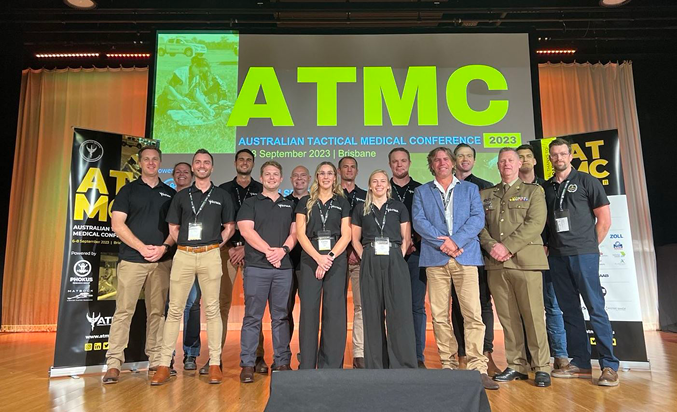
Figure 1. Australian Tactical Medical Conference 2023 – Board and Marketing Team
Founded just over a decade after Boyd’s theory was published, SOMA’s primary goal is to advance the art and science of special operations medical care through the education and professional development of special operations medical providers. SOMA provides another key forum for military and civilian medical providers, academia and industry from around the world to meet and exchange ideas in their Scientific Assembly, or through the Journal of Special Operations Medicine (JSOM). ATMC is the only conference of its type in Australia. ATMC24 is structured to provide delegates and conference partners a multi-day plenary event with presentations delivered by local and international speakers from a wide range of healthcare disciplines. Save the date now for 17–20 September 2024 at the Brisbane Convention and Exhibition Centre. Partnership opportunities for ATMC24 are available via atmc@yrd.com.au
One of the key challenges to effective observation within Boyd’s theory is knowing what information to monitor and applying the right filters to each piece of information. In this issue, orthopaedic specialist Dr Patrick Weinrauch highlights the challenges of patient observations and monitoring in the austere and high threat setting, such as combat. His original research explores wearable physiologic monitoring technologies, and is a contemporary practice issue in modern militaries2 and remote healthcare. A recent study from the US Army’s Institute of Surgical Research3 examined the records of 1,267 patients transported with traumatic injuries. Half did not receive any life-saving intervention en route, suggesting drones could have evacuated patients safely, and observational assessments could have been enacted via bio-wearable monitoring devices3. For example, Figure 2 shows a close-up view of part of the Health Readiness and Performance System, a bio-physiological monitoring device being tested during combat care on Exercise Talisman Sabre 2023 as a part of the Department of Defence’s Wearables Pilot Program in Brisbane, Australia4.
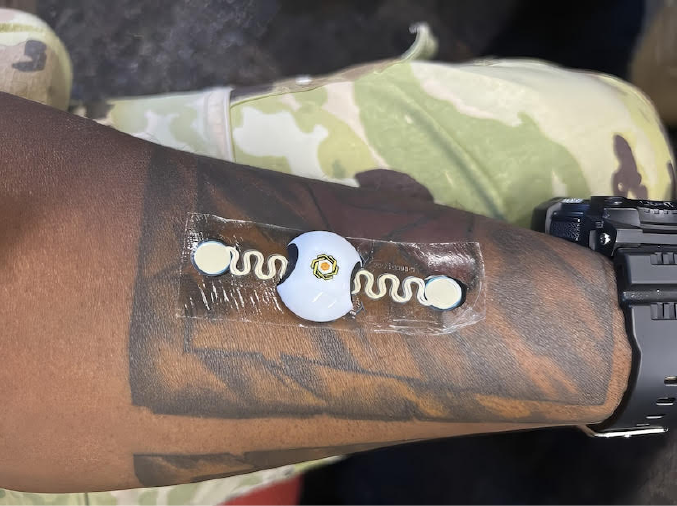
Figure 2. US troops test experimental ‘Wearables Pilot Program’ technology at Exercise Talisman Sabre 2023
Boyd’s OODA loop has informed decision-making within multiple industries, including sports and healthcare, and neurosurgeon Dr Richard Laherty’s book review in this issue leverages key observations from the US sport of American football on concussion and mild traumatic brain injury (mTBI). The management of concussion and mTBI on and off the sports or battlefield requires an increased focus on training our health providers with the tools to improve patient outcomes and mission readiness. Various evidence-based tools are helping military health professionals identify concussion5. The League of denial: the NFL, concussions and the battle for truth book review reveals key learning from the sporting field that could be applied to a military/high threat care setting.
Decide quickly in this issue’s Continuing Professional Development (CPD) quiz developed by former Special Forces and emergency nurse Guy Williams. This CPD activity will focus on addressing a gap in practice because the literature suggests disparities have been observed in the treatment of pain in the pre-hospital austere setting. Approximately one third of all patients injured pre-hospital complain of moderate to severe pain6. Use this CPD activity to build your professional portfolio, and support ongoing accreditation or registration requirements.
Undertaking a critique of a research article may seem challenging at first, but will help you to evaluate whether the article of interest has relevance to your own practice and workplace. In this issue, the Critical Appraisal Skills Checklist7 was used by first time author Australian Army medic trainee PTE Lucy Bridge-Dubarry. Lucy has led a research article critique to improve her understanding of pre-hospital trauma management and application of the ‘lethal diamond’. I encourage other trainees or undergraduate/postgraduate students to: a) review the JHTAM author guide and previously published ‘critique’ papers; b) find an article of interest to critique; c) connect with a colleague and d) consider submitting your review for the May 2024 edition.
Finally, in this edition, you will see the poem Pilgrim nurses by CAPT Gary Steer (Rtd) that is a tremendous example of alternative submissions JHTAM will publish in support of ATMA’s mission. Non-scholarly submissions such as poetry, photography, drawings, unit profiles and art can be submitted to JHTAM for publication consideration. Content should be in line with, and sympathetic to, the practice of high threat medicine in austere or high threat environments. The owner of the copyright should be clearly stated, with the date of creation included. Poetry and unit profiles should be no longer than 500 words. Visual submissions must include an accompanying caption of no more than 20 words.
Disclaimer
The views expressed in this Editorial are those of the author and do not necessarily reflect the official policy of the ADF or Army School of Health.
Author(s)
Benjamin R Mackie RN PhD
Editor-In-Chief JHTAM, Army School of Health, Australian Army, School of Nursing and Midwifery, Menzies Health Institute, Griffith University, QLD, Australia
School of Nursing, Midwifery and Paramedicine, University of the Sunshine Coast, QLD, Australia
Email jhtam.editor@atma.net.au Orcid 0000-0002-7662-3357
References
- Boyd J. Destruction and creation. Leavenworth, WA: US Army Comand and General Staff College; 1987.
- The Economist. What Ukraine’s bloody battlefield is teaching medics. The Economist. 2023 Aug 4. Available from: https://www.economist.com/international/2023/08/04/what-ukraines-bloody-battlefield-is-teaching-medics?utm_medium=cpc.adword.pd&utm_source=google&utm_campaign=a.io_apac_freetrial&utm_content=conversion.non-brand.anonymous.apac_au_en_free-trial_na_non-brand_google_subs_pmax_other_na_na&gad=1&gclid=EAIaIQobChMIwaOGhsrvgQMVpqlmAh0CnwcoEAAYASAAEgK7UfD_BwE
- Maddry JK, Arana AA, Mora AG, Perez CA, Cutright JE, Kester BM, Ng PC, Schauer SG, Bebarta VS. Advancing prehospital combat casualty evacuation: patients amenable to aeromedical evacuation via unmanned aerial vehicles. Military Med 2021;186(3-4):e366-72.
- US Army Pacific. US troops test experimental ‘Wearables Pilot Program’ technology at Exercise Talisman Sabre 2023. Available from: https://www.usarpac.army.mil/DesktopModules/ArticleCS/Print.aspx?PortalId=113&ModuleId=59808&Article=3467507
- Khokhar B, Jorgensen-Wagers K, Marion D, Kiser S. Military acute concussion evaluation: a report on clinical usability, utility, and user’s perceived confidence. J Neurotrauma 2021;38(2):210-217. doi:10.1089/neu.2020.7176. Epub 2020 Sep 30. PMID: 32808563.
- Thomas DH, Shewakramani S. Prehospital trauma analgesia. J Emerg Med 2008;35(1):47–57. doi:10.1016/j.jemermed.2007.05.041
- Critical Appraisal Skills Programme (CASP). CASP cohort study checklist; 2022 [cited 2023 Oct 10]. Available from: https://casp-uk.net/casp-tools-checklists/


